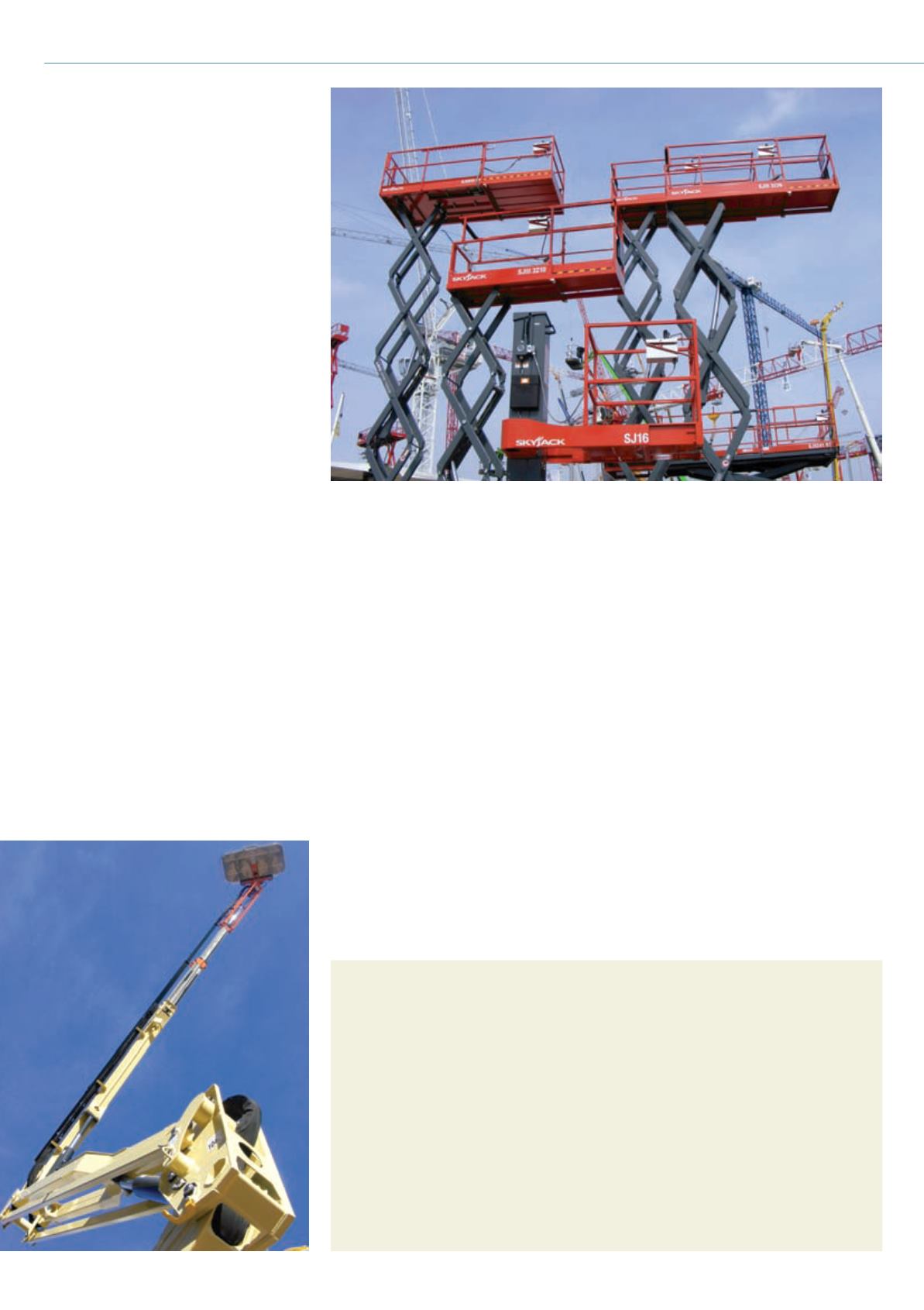
40
access
INTERNATIONAL
NOVEMBER-DECEMBER 2013
the most part, the only insurance companies
willing to provide liability coverage is still the
surplus lines insurance community.
Two very significant events happened to
change the game. The first was the immense
amount of consolidation, which eliminated
many of the independents; which, in turn, took
premium out of the insurance market place.
The second was 9/11/2001. The domestic
and international insurance markets lost huge
amounts of money. The largest losses were to
the reinsurance companies - the reinsurance
companies insure the primary insurance
companies.
These losses devastated the insurance
industry profits and the industry changed
overnight. No longer did the insurance
companies look at the sterling loss record of
the powered access industry, they needed to
recover premiums and profits as fast as possible.
From 2002 to 2005 clients’ premiums and rates
doubled. Some independents went without
insurance while others closed their doors. The
rates began to come down again in 2006 when,
shortly thereafter, the financial crises hit. As
revenues plunged, rates went up. The theory
was that the aerial equipment rental company
has to pay a certain premium to offset the risk,
even though their revenues were depressed.
Economy reactions
Finally, in the past three years, with new
construction projects and higher revenues for
AWP rental companies, the rates have again
come way down.
I primarily discuss the general liability rates
here, however, equipment floater, property,
auto/truck, cargo, professional, workers
compensation and umbrella cover all followed
the same volatility.
For the past 35 years it seems that the
insurance industry has abandoned its own
policies and protocols based on premiums
INSURANCE
As Peter Kim, assistant vice president, risk management services at Philadelphia Insurance Companies,
explains, nothing replaces the benefits of safety. “Improved accident prevention measures have helped
contribute to the sustained growth of the powered access equipment industry in the US. While the industry
isn’t accident-free, safety improvements have kept claims and lawsuits from hindering overall growth.
Engineered safety improvements, such as pothole protectors, anti-entrapment devices, tilt sensors,
etcetera, have helped boost worker safety. Also, more prevalent training and certification, as well as
familiarisation training, have been critical pieces to the safety equation. And, other risk management
efforts (proper equipment selection, rental agreements with sound indemnification wording, thorough and
documented inspections and maintenance, prompt accident investigations), have helped reduce the overall
loss costs for the industry. However, there is no silver bullet.
Engineered controls aren’t effective if users aren’t trained to operate their powered access equipment in
a safe manner. Operator training can’t make up for shoddy maintenance or management decisions to use
equipment that’s not suited for the job. It has taken engineered safety controls, certification and training,
and smart risk management steps working together to improve overall safety outcomes in the United States.
The key now is to continue the push forward on all three fronts, recognising that each aspect is critical and
multiple options are valuable. Then the industry will see positive trends in the overall costs.”
SAFETY NOTE
versus losses and has just reacted to the
economy. The longstanding formula was that
insurance companies can make a decent profit
if the losses are 40% or less of the premiums.
Unfortunately the insurance community
have been running 90 - 110% loss ratio and
attempting to make up the difference in
investment income.
Although I work exclusively in the USA, I
do not believe that the international insurance
community chased these various cycles. The
international insurance companies do not
face the litigious climate that our domestic
insurance companies do. Although, it is my
understanding that this may be changing for
the worse.
A very interesting and significant
development in the construction industry is
that all contractors, owners and other involved
parties are doing everything in their power to
contractually transfer all risk and exposure to
anyone and everyone else.
Rick Dahl, president of Metrolift, Inc., in
Illinois, US, sees it this way, “It is important
to have a company like Hays that will handle
our insurance requests and do their best to
minimise our liability and inland marine
exposure in the marketplace.
The biggest contractor, customer challenge
starts with the indemnification requests we
are receiving.The owners of property seem
to ask for this even if the vendor, (like us), is
doing very little business with them. It has
become difficult to even understand some of
the many pages of paperwork we are receiving
daily concerning the protection of the GC or
the property owner. I realise this is a shift in
the underwriting business of who should be
responsible for this type of exposure, and down
the road we need help determining who we can
deal with and who we can’t.
The insurance business must be viewed as a
very important part of a rental company’s team
of vendors, similar to a banking relationship.
The insurance broker must understand the
customer they are dealing with and defend
them when need be.”
Nothing replaces the benefits of safety.
The one constant that the entire insurance
community share is that safety is paramount.
AI


